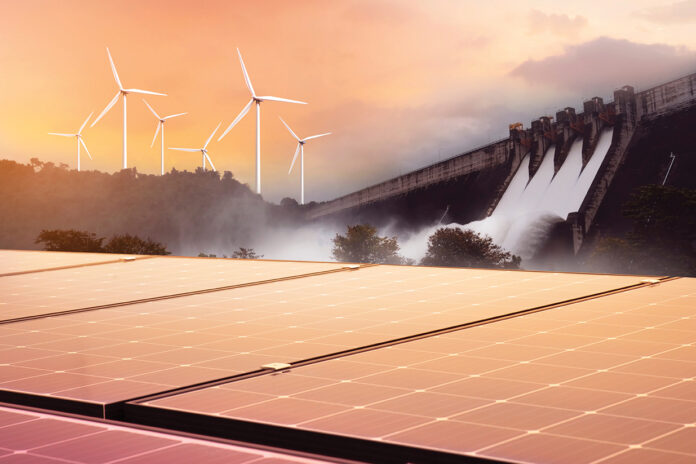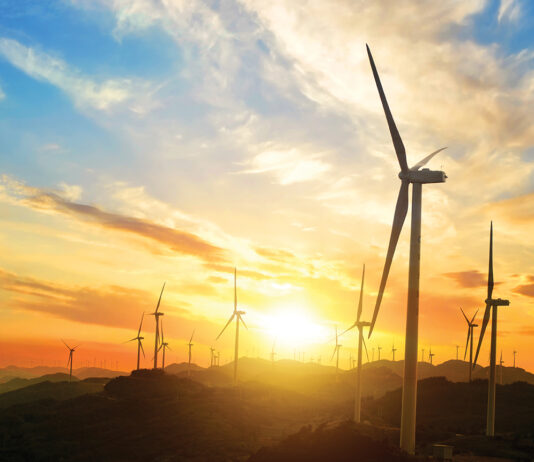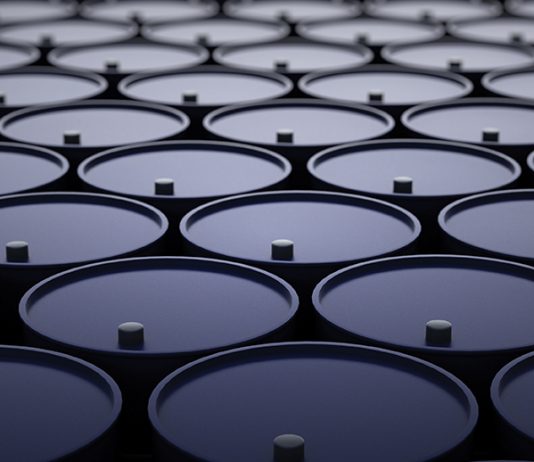
Last Oct, Rystad Energy warned that inflation could freeze as much as half of the planned global solar power capacity additions this year. In Sept of last year, the Wall Street Journal’s Rochelle Toplensky wrote that wind power companies are suffering the lingering supply chain effects of the pandemic.
When Rystad Energy was making its forecasts, the biggest problem was broken supply chains, and delivery delays because of the pandemic. Now, there’s an energy crisis, and a U.S. federal investigation into imported solar panels that, according to the local solar industry, could cost it some 1 GW in planned capacity.
When the WSJ’s Toplensky was discussing the pandemic-related troubles of the wind power industry, the big players in that industry had not yet started warning on profits, due to the wind drought that hit Europe last year. Wood Mac analyst Rory McCarthy hadn’t yet told Reuters that “If we had high winds or just reasonable winds over that period, we wouldn’t have seen these price spikes.”
The IEA, however, must have known about this. It must have heard about the cost inflation in both wind and solar, and it must have heard the complaints industry players have been making for months now. Inflation has been eating into their margins, and compromising the competitiveness of their products. And yet, the IEA is happily predicting record renewable power additions globally this year.
In fact, IEA praised the record wind and solar capacity additions made last year, saying in its latest Renewable Energy Market Update that “New capacity for generating electricity from solar, wind and other renewables increased to a record level worldwide in 2021, and will grow further this year as governments increasingly seek to take advantage of renewables’ energy security and climate benefits.”
One might pause here and wonder briefly what energy security the IEA is talking about if Europe has been scrambling to secure enough fossil fuels since last Sept. Despite its record-high or near-record-high wind and solar capacity.
“Energy market developments in recent months – especially in Europe – have proven once again the essential role of renewables in improving energy security, in addition to their well-established effectiveness at reducing emissions,” said IEA’s Fatih Birol in comments on the cheerful forecast.
“Cutting red tape, accelerating permitting, and providing the right incentives for faster deployment of renewables are some of the most important actions governments can take to address today’s energy security and market challenges, while keeping alive the possibility of reaching our international climate goals.”
The wind and solar industries are complaining about red tape. So is the oil and gas industry, or those few from it, who dare complain about anything in this Anti-Oil Age. It’s true that accelerated permitting will spur faster capacity additions.
It is also obviously true that “the right incentives,” which could only mean one thing — subsidies will motivate businesses to build more wind and solar farms. But what will we do on overcast days and when the wind takes a break? What will we do then if even renewables champion California has to keep its gas power plants on for after the sun sets?
These are questions I and many others have been asking for years, and the answer is typically “energy storage” or backup generation. I imagine, in a renewable-ambitious world, this would be wind as a backup for solar, and maybe solar as a backup for wind, because — remember the energy security profile of renewables.
It will be important to note this profile, as promoted by the IEA and others right now, when energy security has temporarily displaced carbon emissions from the number-one spot in the political agenda of Our Biggest Problems Ever. The security of local electricity generation, as represented by wind and solar is, I’ve always said, the biggest argument in their favor.
This security is neither absolute nor very reliable. Yet, the lack of reliability is not a problem at all. Because there seems to be a lot of money to be made from the energy transition. It is not only the IEA and the European Commission that are calling for more renewables as fast as possible. Institutional investors are doing the same.
“The way out of the situation we currently find ourselves in is not to abandon the energy transition but to double down,” the head of climate solutions at the UK’s Legal & General, Nick Stansbury, told the Financial Times this week. “We need to get the lowest cost energy with the lowest possible carbon intensity.”
This, of course, sounds wonderful, and it would have been wonderful were it possible but, alas, there is serious doubt this is the case. One could reasonably argue that wind and solar are still cheaper than gas, at least in Europe,and on the spot market. But just how long will they remain cheaper? Once the massive buildout starts, or when all that annoying red tape is cut, permits are accelerated and “the right incentives” are put in place?
Reuters reported earlier this month that the wind power industry is struggling with profits, because of a change in the subsidies they get from governments — a change aimed at encouraging lower wind power prices, by the way — and because of increasingly intense competition.
“The competition is rather fierce and, in the past, there was an element where people wanted to gain market share at the expense of profitability too often,” the chief executive of Siemens Gamesa (the same Siemens Gamesa that was just taken private by its parent) said.
“What I’m seeing is a colossal market failure,” said Ben Backwell, chief executive of the Global Wind Energy Council, as quoted by Bloomberg in April. “The risk is we’re not on track for net-zero [emissions] — and the other risk is the supply chain contracts, instead of expanding.”
Interestingly, there seems to be little news about solar industry profits as a whole, and the latest company-by-company information is mixed. This could mean that solar is in a stronger position than wind and, at least in Europe, this seems to be the case. After all, the EU has vowed to make solar “the kingpin” of its move away from Russian oil and gas.
On a general basis, solar farms appear to be reasonably profitable, depending, of course, on location, actual output, and raw material costs as well. However, if we are talking about foreign dependencies, solar is far from perfect, even for Europe, because while it has some 22.1GW of polysilicon production capacity, solar wafer production capacity was just 1.25GW as of end-2020.
Also, the EU had a substantial trade deficit when it came to solar modules: 2020 imports totaled 8 billion euros versus exports of just 1.8 billion euros, according to Eurostat, which reported the figures last December.
Most of the imported modules came from China. Reducing this dependency is not happening any time soon because of the uncomfortable truth about energy costs, which for many reasons are lower in China and more likely than not to remain so, not least because of the sanction regime the EU has happily embraced in its relations with Russia.
The above facts seem to compromise the “energy security” narrative about renewables that the IEA and some institutional investors are so enthusiastic about. The wind industry’s troubles with profitability are also a cause for concern. Energy storage, which is going to be crucial for the energy transition, is a whole other can of worms and those are some expensive worms.
Yet all this is being swept under the rug in what is more than figuratively looking like a crusade on the current global energy system — a crusade that, according to some of its proponents, will make a lot of money for the knights taking part in it.
If it doesn’t make them money, at least it will make them feel responsible and change-making, or, as the director of the UK’s Centre for Greening Finance and Investment put it to the FT, financial institutions that want to take part in the transition, must “think about what they want to change in the world and come up with a strategy to realize that change. We’re scratching the surface of the ability of responsible investors to make a difference.”
About the author: Irina Slav has been writing about energy, with a focus on the oil and gas industry, since 2006. Her articles have appeared in Oilprice, Fortune, Insider, and Time magazine, among others.
















